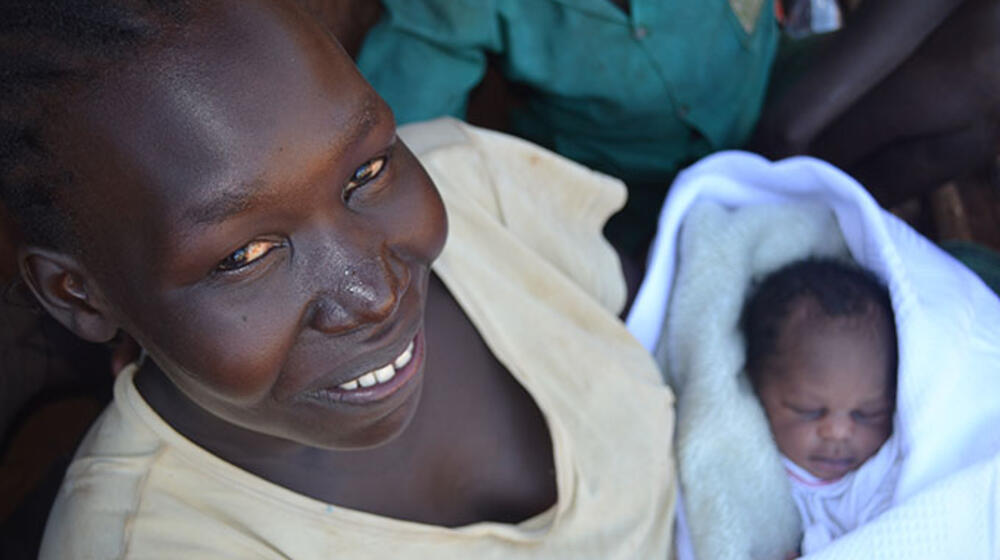Majority of maternal deaths take place in crises and fragile conditions

Updated figures released by the United Nations yesterday revealed that the global maternal death ratio has dropped 44 per cent since 1990. Yet too many women continue to die needlessly, and a majority of them are dying in countries afflicted by humanitarian crises or fragile conditions.
Between 1990 and 2015, the annual number of maternal deaths fell from about 532,000 to 303,000, according to the latest figures released by UNFPA, the World Health Organization, the World Bank and the UN Population Division. The maternal death ratio fell from 385 deaths to 216 out of every 100,000 live births.
These gains follow 15 years of determined efforts to improve women’s reproductive health and care. In 2000, countries around the world rallied around the Millennium Development Goals, which included a goal to reduce the maternal death ratio by three quarters.
But while the world has seen enormous gains in maternal survival, much more must be done to prevent women from dying of pregnancy-related causes, most of which are preventable.
Crisis conditions double death figures
The newest figures are based on the best available data and an upgraded methodology, improving estimates not only for recent years but for all years going back to 1990. These numbers show where women face the greatest risks of maternal death – defined as death during pregnancy, childbirth or the six weeks after delivery.
This year, about 99 per cent of maternal deaths took place in developing regions, with sub-Saharan Africa accounting for about 66 per cent of deaths, and Southern Asia accounting for 21 per cent.
Women living in crisis-affected countries or fragile states are at significantly higher risk of dying from maternal causes.
This year, 61 per cent of all maternal deaths took place in 35 countries that are affected by humanitarian crises or fragile conditions. The death ratio in these countries is nearly twice the global figure.
Solutions known
This year, at the United Nations, countries unanimously adopted a new set of global goals, the Sustainable Development Goals, which call for bringing the global maternal death ratio to less than 70 deaths per 100,000 live births by 2030. To meet this target, efforts will have to be greatly escalated.
“If we don’t make a big push now, in 2030 we’ll be faced, once again, with a missed target for reducing maternal deaths,” said Dr. Babatunde Osotimehin, the Executive Director of UNFPA.
Fortunately, there are well known measures that could prevent a great majority of such deaths. These include providing all women with skilled care during delivery, making sure women who experience complications have timely access to emergency obstetric care, and ensuring all women have access to family planning to avoid unintended pregnancies.
Since 2009, UNFPA has helped train over 35,000 midwives. The Fund also works with health ministries, hospitals and health workers to support emergency obstetric care in places where it is not readily accessible, and it facilitates the availability of quality, reliable contraceptives in developing countries. In emergency situations, UNFPA also works with humanitarian partners to provide antenatal care, safe delivery services, and a suite of reproductive health care to women and girls in need.



